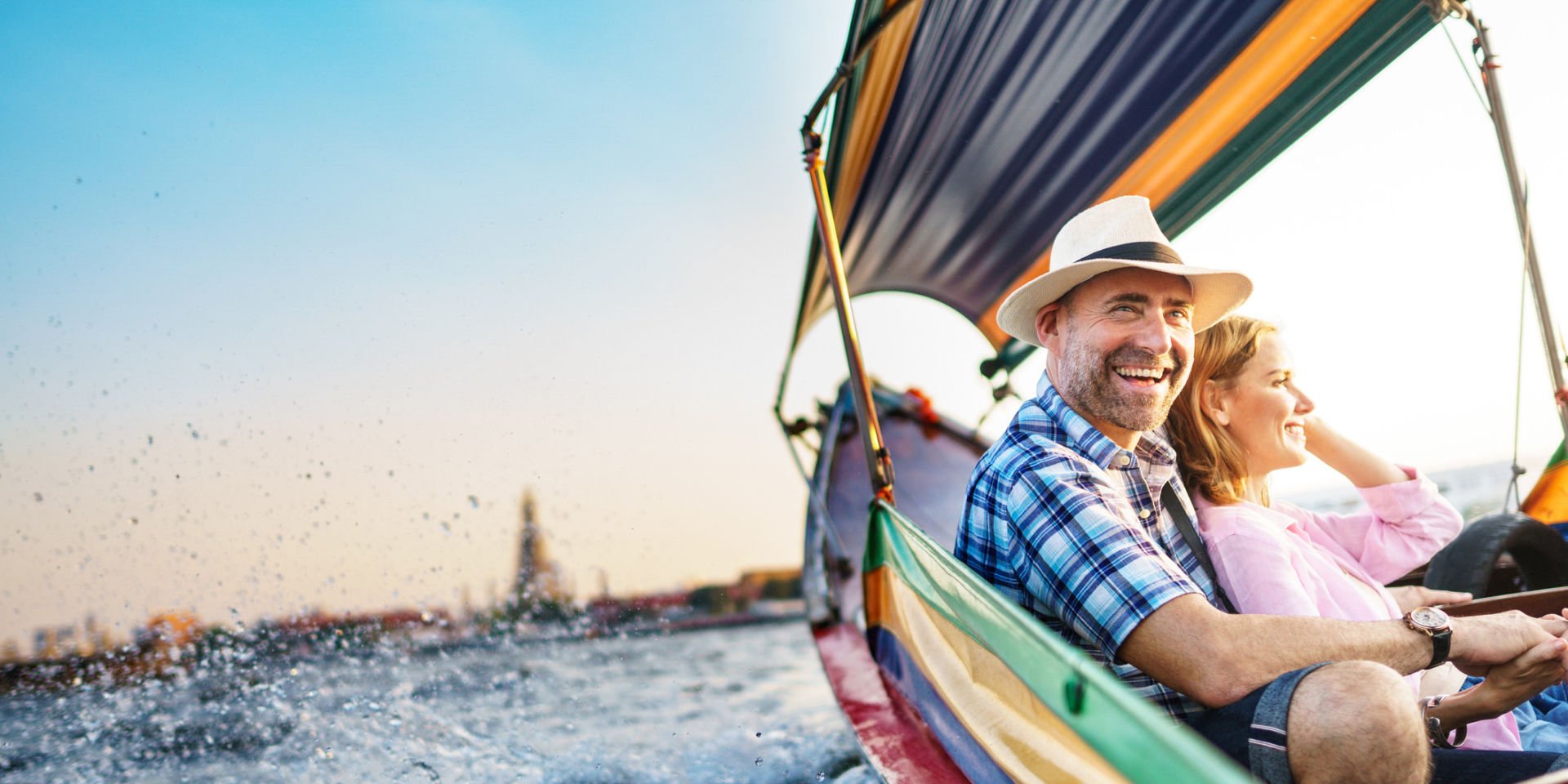Solo travel over 50 is experiencing a surge in popularity, with more mature adventurers embracing the freedom and self-discovery that independent journeys offer. But embarking on a solo trip later in life presents unique considerations, from safety concerns to logistical planning. This guide addresses these challenges head-on, providing seasoned travelers with the tools and insights to plan enriching and secure solo adventures.
From navigating unfamiliar territories to budgeting effectively and prioritizing health and wellness, we’ll explore essential aspects of solo travel for those over 50. We’ll delve into practical strategies for staying safe, finding suitable accommodations, choosing ideal destinations, and connecting with others along the way. Whether your ideal trip involves relaxing on a beach, exploring historical sites, or embarking on an adventurous hike, this guide will empower you to confidently plan and enjoy your solo journey.
Accommodation Options for Solo Travelers Over 50
Choosing the right accommodation is crucial for a safe and enjoyable solo trip, particularly for travelers over 50. Factors such as safety, comfort, accessibility, and proximity to amenities become increasingly important with age. This section compares different accommodation options to help older solo travelers make informed decisions.
Hotel Accommodations for Solo Travelers Over 50
Hotels offer a range of amenities and services tailored to different budgets and preferences. For solo travelers over 50, the advantages include readily available security measures, such as 24-hour reception and key card access, providing peace of mind. Many hotels also offer convenient amenities like room service, laundry services, and on-site restaurants, reducing the need for extensive outings.
However, hotels can be more expensive than other options, and the impersonal nature of large hotels might not suit everyone. Some older travelers may find navigating large hotel complexes challenging.
Guesthouses as Accommodation for Solo Travelers Over 50
Guesthouses often provide a more intimate and personalized experience compared to hotels. They frequently offer a family-like atmosphere and the opportunity to interact with the owners and other guests, potentially leading to new friendships. This social aspect can be particularly beneficial for solo travelers combating loneliness. However, safety features may be less robust than in hotels, and amenities might be more limited.
The location might also be less central than a hotel.
Airbnb for Solo Travelers Over 50
Airbnb offers a wide variety of accommodations, from private rooms in shared houses to entire apartments or houses. This provides flexibility in choosing a location and budget. The potential for greater privacy and home-like comfort is a significant advantage for many older travelers. However, safety concerns are paramount with Airbnb. Thorough research, including reading reviews and checking security features, is essential.
Communication with the host before and during the stay is crucial to address any concerns.
Comparison of Accommodation Types for Solo Travelers Over 50
The following table compares hotels, guesthouses, and Airbnbs based on key criteria:
| Accommodation Type | Price Range | Typical Location | Safety Features | Amenities |
|---|---|---|---|---|
| Hotel | Mid-range to High | City center or tourist areas | 24-hour reception, key card access, security cameras | Room service, laundry, restaurant, fitness center, concierge |
| Guesthouse | Budget to Mid-range | Residential areas or near tourist attractions | Limited security, may depend on individual guesthouse | Breakfast, shared kitchen, common areas |
| Airbnb | Budget to High | Varies widely, can be in residential areas or tourist areas | Varies widely, depends on host and property | Varies widely, can include kitchen, laundry, Wi-Fi |
Transportation Options and Considerations: Solo Travel Over 50

Navigating travel as a solo traveler over 50 requires careful consideration of transportation options. The best choice depends on factors such as destination, budget, comfort level, and physical abilities. This section examines various transportation modes and offers strategies for efficient and safe travel.
Public Transportation
Public transportation, encompassing buses, trains, subways, and trams, often presents a cost-effective and convenient way to explore a new destination. Many cities boast extensive and well-maintained public transit systems, providing access to numerous attractions. For solo travelers over 50, however, certain considerations are crucial. Planning routes in advance using online maps and apps is essential to avoid getting lost.
Choosing less crowded routes during off-peak hours can also enhance comfort and safety. It is wise to be aware of personal safety measures, such as avoiding isolated areas or traveling alone late at night. For example, utilizing well-lit and populated routes during evening commutes is advisable. Familiarity with local customs and etiquette on public transport, such as giving up seats for the elderly or disabled, is also important.
Taxis and Ride-Sharing Services
Taxis and ride-sharing services offer a door-to-door experience, eliminating the need to navigate complex public transit systems. This can be particularly beneficial for solo travelers over 50 who may have mobility concerns or prefer a more direct and convenient travel method. However, it’s important to be aware of potential cost implications, as these services can be significantly more expensive than public transport, especially for longer distances.
It is always recommended to use reputable companies and verify driver information before embarking on a journey. Furthermore, sharing your ride details with a trusted contact is a prudent safety measure.
Rental Cars
Renting a car offers greater flexibility and independence, allowing solo travelers to explore areas not easily accessible by public transport. This is especially appealing for those wishing to visit rural areas or enjoy scenic drives. However, driving in unfamiliar environments can present challenges, particularly in cities with congested traffic or complex road layouts. International driving permits may be necessary, depending on the destination.
Additionally, insurance coverage should be carefully reviewed, ensuring adequate protection against potential accidents or damages. For instance, a traveler might opt for a smaller, easier-to-handle car rather than a large SUV for navigating narrow streets. The added convenience, however, must be weighed against potential costs, including rental fees, fuel, insurance, and potential parking expenses.
Luggage Management Strategies, Solo travel over 50
Efficient luggage management is paramount for solo travelers. Packing light is crucial to ease the burden of carrying luggage through airports, train stations, and city streets. Consider using a lightweight rolling suitcase and a smaller carry-on bag to avoid checked baggage fees and potential delays. Packing cubes can help organize belongings and maximize space. Furthermore, choosing a hotel with elevator access is important for managing luggage easily.
It is also important to have a readily accessible bag for personal essentials, like medications and documents, to ensure quick access during travel. A well-organized travel strategy minimizes stress and allows for a more enjoyable trip.
Embarking on solo travel over 50 is a testament to a spirit of adventure and self-reliance. By carefully considering safety, planning meticulously, and prioritizing health and well-being, mature travelers can unlock a world of enriching experiences. This guide serves as a roadmap, equipping you with the knowledge and confidence to craft a memorable and secure solo adventure tailored to your interests and capabilities.
The journey awaits – embrace the freedom and discover the world on your own terms.
Find out about how budget travel for seniors can deliver the best answers for your issues.



